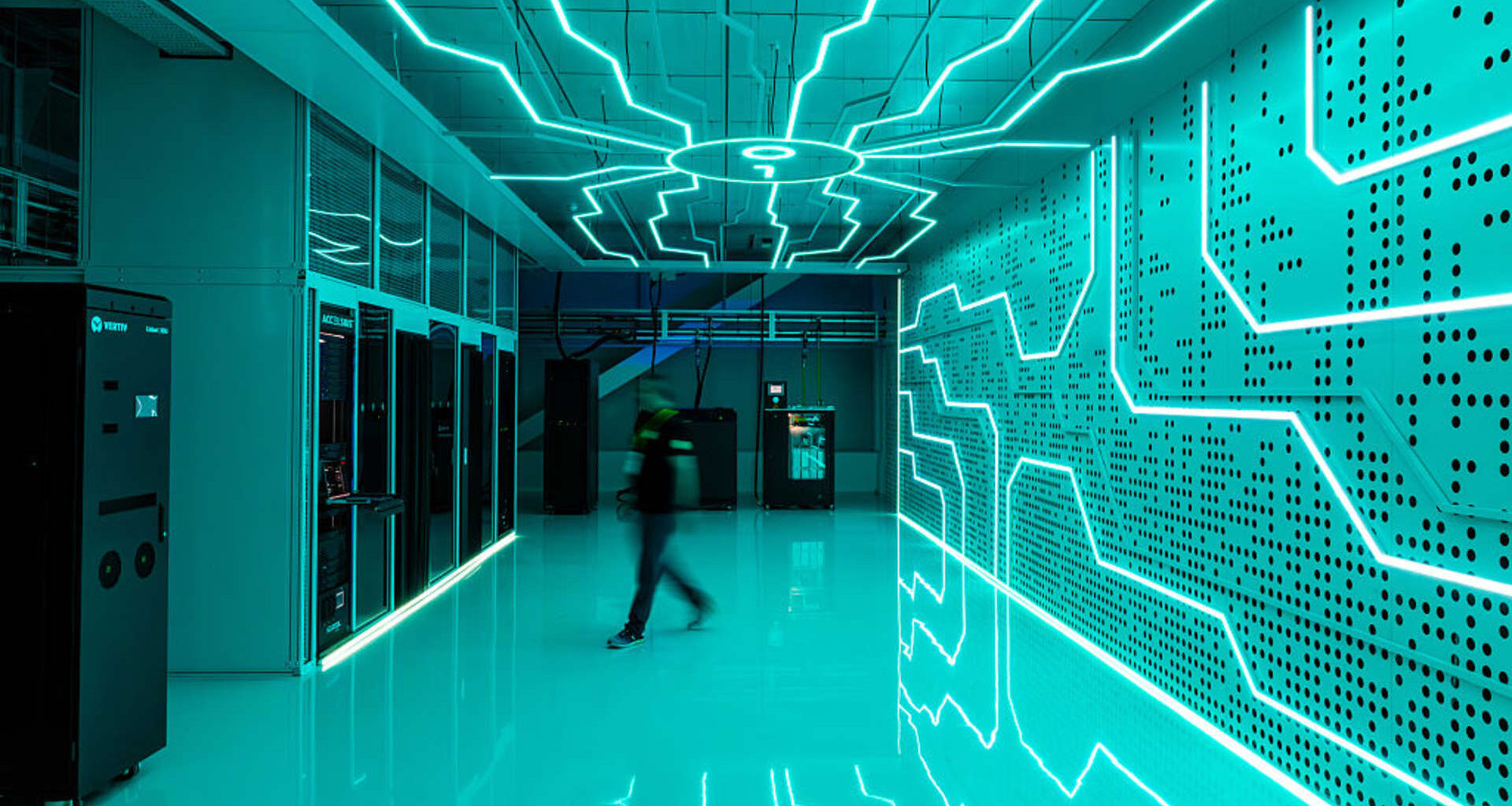U.S. tech giants’ push to finance a massive artificial intelligence infrastructure boom is testing bond market appetite as investor concerns over capex spending and valuations grow. Major U.S. tech names are tapping the bond markets to fund massive infrastructure expansions, with Meta , Alphabet and Oracle all issuing public debt in October. But in a note this week, London-listed Man Group — the world’s largest publicly traded hedge fund and private assets group — warned that a “glut” of lower quality AI names may prove “too much for markets to stomach” amid the rush to scale up tech infrastructure. “Unlike equity investors, we’re less concerned about making bets on AI’s future or Big Tech’s success and are focused on downside risks,” Man Group said in the market commentary. “To us the capex rollout plans are not as gold-plated as the shiny prospectuses might suggest.” Man Group said hyperscalers have quadrupled their capex spend in recent years to almost $400 billion annually, with expectations of $3 trillion over the next five years. Meta raised $30 billion in October — the largest corporate bond issuance in more than two years — which drew record-breaking demand, with an oversubscribed order book of $125 billion. Alphabet followed with a $25 billion debt issue, while Oracle issued about $18 billion at the end of the third quarter. Funding gap “While these companies are formidably well capitalized and exceptionally profitable … there remains a significant funding gap,” wrote Man Group’s Jon Lahraoui, director, discretionary credit, and Hugo Richardson, associate director, discretionary investment specialist. Private markets have been filling part of that gap. Blue Owl was involved in a $27 billion deal with Meta and Pimco in September, while CoreWeave has tapped private credit financing from Blackstone and major investment banks’ private credit teams, Man Group said. Read more Investors hope these three trades will weather a tech stock downturn AI valuation fears grip global investors as tech bubble concerns grow U.S. hyperscalers face a $1.5 trillion AI infrastructure spending gap, according to Morgan Stanley estimates, a sum which Man Group said cannot be met the private credit space alone. Enthusiasm is now giving way to jitters, reflected in the recent tech stock wobble . Oracle’s 30-year bond recently fell amid reports it is planning further debt issuance, while the price of 5-year credit default swaps — which provide a protection hedge against a company default — rose. Jason Thomas, head of global research and investment strategy at Carlyle , said investor excitement has been tempered by valuation and concentration concerns, particularly in U.S. markets. A change in strategy Speaking to CNBC’s Julianna Tatelbaum on Wednesday, Thomas highlighted a “subtle change of strategy” among U.S. hyperscalers, who have shifted from being asset-lite companies trading at high price-to-book ratios and defined by intangible assets such as proprietary technology and digital platforms to something more closely resembling manufacturing companies. Thomas said 70% of their cash flow is now consumed by capital spending, with much of it being poured into property assets such as data centers. “Should these companies continue to trade at price-to-book ratios, that are now on average about 11 times when they’re not quite the virtual businesses they once were? They now in some cases look more like a manufacturing or infrastructure company,” Thomas said. Bank of America ‘s latest Global Fund Managers survey highlighted fears of “overinvestment ” by AI hyperscalers amid broader tech bubble concerns. Johanna Kyrklund, group chief investment officer at Schroders , said there is “no question” there are more jitters over AI-related spending and how capex is financed. “It is something people are worried about, and also, crucially, what the return on investment will be,” Kyrklund said at a Schroders investment roundtable on Tuesday. Kyrklund pinpointed the returns on investment in AI capex as the key market theme that is keeping her up at night heading into 2026. She described the recent sell-off in AI-related stocks as “normal market volatility” and “not a correction” — but conceded that concerns are rising. “I think you do need to own these stocks backed by deep fundamental analysis, as opposed to just [owning them] because they happen to be in the index.” Sector divergence Andrew Sheets, global head of corporate credit research at Morgan Stanley, expects investment-grade spreads to widen, but he does not anticipate a recession. Sheets told CNBC’s “Squawk Box Europe” on Tuesday that while the enormous tech spend will continue, many of the tech behemoths boast “some of the strongest balance sheets on the planet.” “If you’d want any sector to do a lot of borrowing, you’d want this sector to do it,” Sheets said. But he acknowledged there is divergence between “stronger and weaker players.” Market concerns of an overbuild may be premature, according to Sheets. “These companies see AI investment as absolutely essential to their long-term success … these data centers are enormously complex, expensive projects that take a long time to get up to speed,” he said. “So it’s very accurate to say that the history of large capex cycles in markets has often been troubled. But it’s also the case that those troubles usually happen because you build too much, and there’s excess capacity. We’re just not seeing that yet in data centers. There’s still a shortage of compute. Eventually we think [this] will become more of a credit concern but we’re not there yet.”
